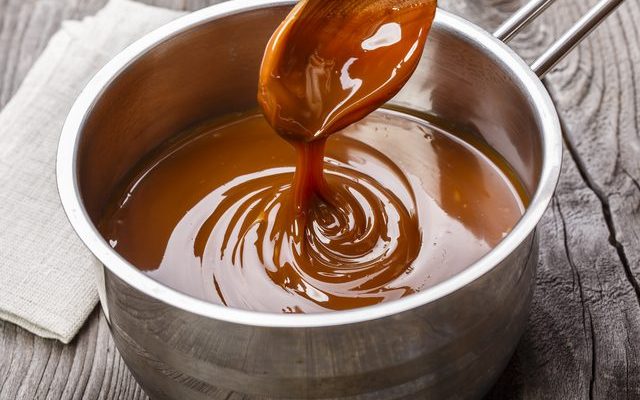I grew up eating my mom’s beef stew. I always thought the tiny balls of flour in that stew was the norm. Till this day my dad still won’t eat stew! Now that I know a thing about cooking I understand. Those little balls of flour dont do much to flavor that stew but it does thicken it. Actually it kind of gave that beef stew a kind of flour taste.
Now that I learned a thing or two about thickening agents for food that was called a bad white wash. A white wash is a quick way for a cook to thicken something. Usually the cook would wisk water and flour together and drop it into the boiling pot of stew, soup or sauce. YUCK! What really should have been used to thicken that stew create a roux, cornstarch or ARROWROOT. The easiest way to thicken that stew and give it a great look and feel to it is to use ARROWROOT. ARROWROOT will not lose thickening properties through the cooking process. The only major draw back is that it is expensive. That brings us to CORNSTARCH. CORNSTARCH is a inexpensive thickening agent but does lose it’s thickening properties after cooking it for more the 10 minutes. CORNSTARCH also has a gloss to it. Think of chinese food how shiny it is. If you want your stew to have a nice shine to it this may be your choice. Roux on the other hand the choice of most chefs. It is a stable agent for most stews, sauces and soups. Think of New England clam chowder. Its nice and thick and no shine to it. YUM!
Being in professional kitchens for many years I have seen other methods used to thicken a sauce or stew in a pinch. I remember one time when we had no flour I used potato flakes. It was great to give that chicken pot pie sauce and texture. The only problem with that system is that it can break down very easily and you can lose that texture quickly. Speaking of losing texture did you ever see a roux break down? YUCK! It looks like someone threw up in your soup. Oh so many cooking stories to tell! I have much more but that will come in future posts.
Back to thickening agents! Here is my list of thickening agents and what you should use them for. This will be a helpful list for people trying new ideas and not following recipes:
- Roux: A roux is equal parts flour and butter. The butter should be clarified and then the flour mixed making sure all lumps are gone. A blond roux if you continue cooking that roux for approximately 5 minutes. You will begin to smell a nutty smell. This is great for white sauces, soups and chowders. A brown roux is a roux cooked for 20 minutes chaning the color to a dark tan or light brown. This will have a very nutty smell to it. It is good for thickening a dark sauce, beef stew or lamb soup etc. Another way to make that brown roux is by putting the flour in the oven and baking it till it turns light brown. You have to spread it out and turn it often for about 20 minutes then add it to the butter. I think it is easier to cook it with the butter in a pan on the stove.
- Cornstarch: As I said earlier corn starch is very glossy when used. It is mixed with water or stock and added to a very hot liquid to thicken it. It takes about 3 ounces of cornstarch to thicken 1 quart of stock. Don’t forget you cannot keep cooking cornstarch for more then 10 minutes because it will break down.
- Arrowroot: My favorite but expensive. Arrowroot is used like cornstarch but it will not lose its thickening properties over time. It also does not produce that glossy shine to the stock.
- Other thickening agents: Blood (yuck!) yes it can be used. Starch, think of using the water you used to cook you pasta in. Again yuck!
If anyone wants to add to this little lesson on thickening agents please feel free. I would love to have open discussions and bring new ideas to this new website.

